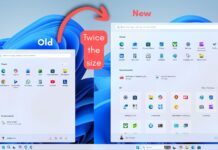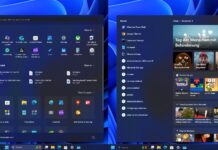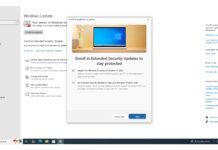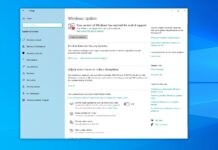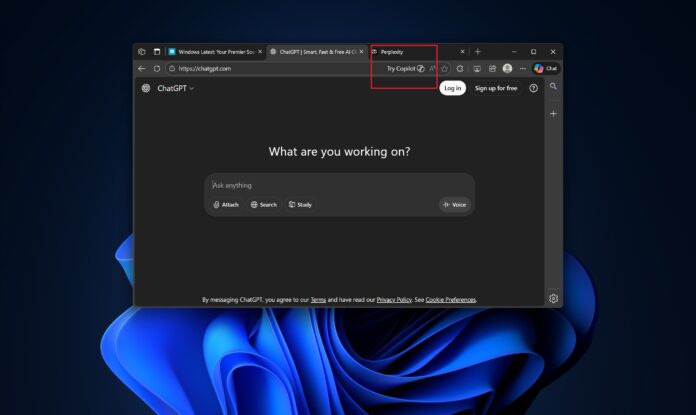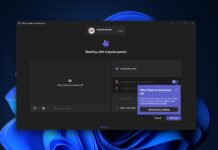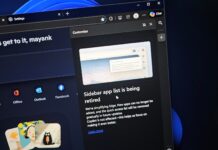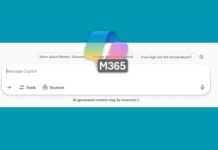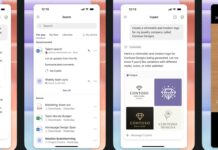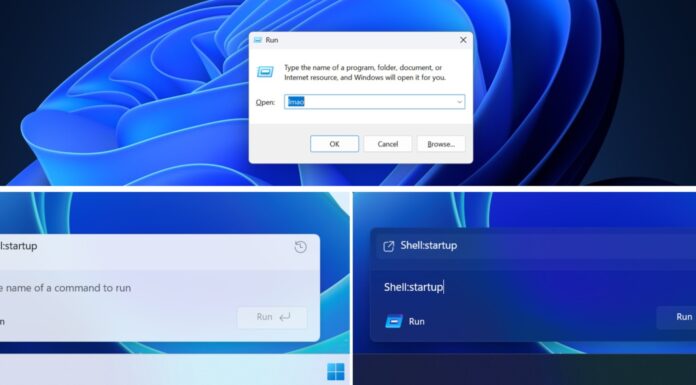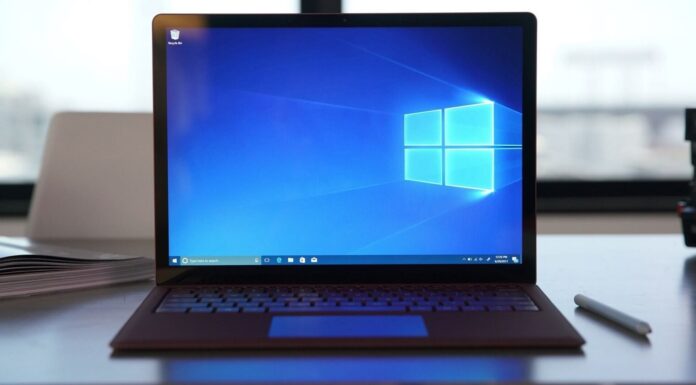If you visit ChatGPT.com or Perplexity.AI in Microsoft Edge, you’ll notice a subtle nudge to “Try Copilot.” The alert appears within Edge’s address bar. If you tap on the alert, it’ll open Copilot in Edge’s sidebar. This is a clever idea to remind those who open ChatGPT in Edge to try Copilot, which is also powered by OpenAI’s GPT-5.
Copilot isn’t exactly popular. If you look at the market share numbers from analytics company Similar Web, Copilot has less than 1.5% market share. However, if you add the numbers from Windows, Microsoft 365 or Edge, Copilot’s share will be much higher. But that’s a different story.
Microsoft is running a campaign to push Copilot when you try its rivals
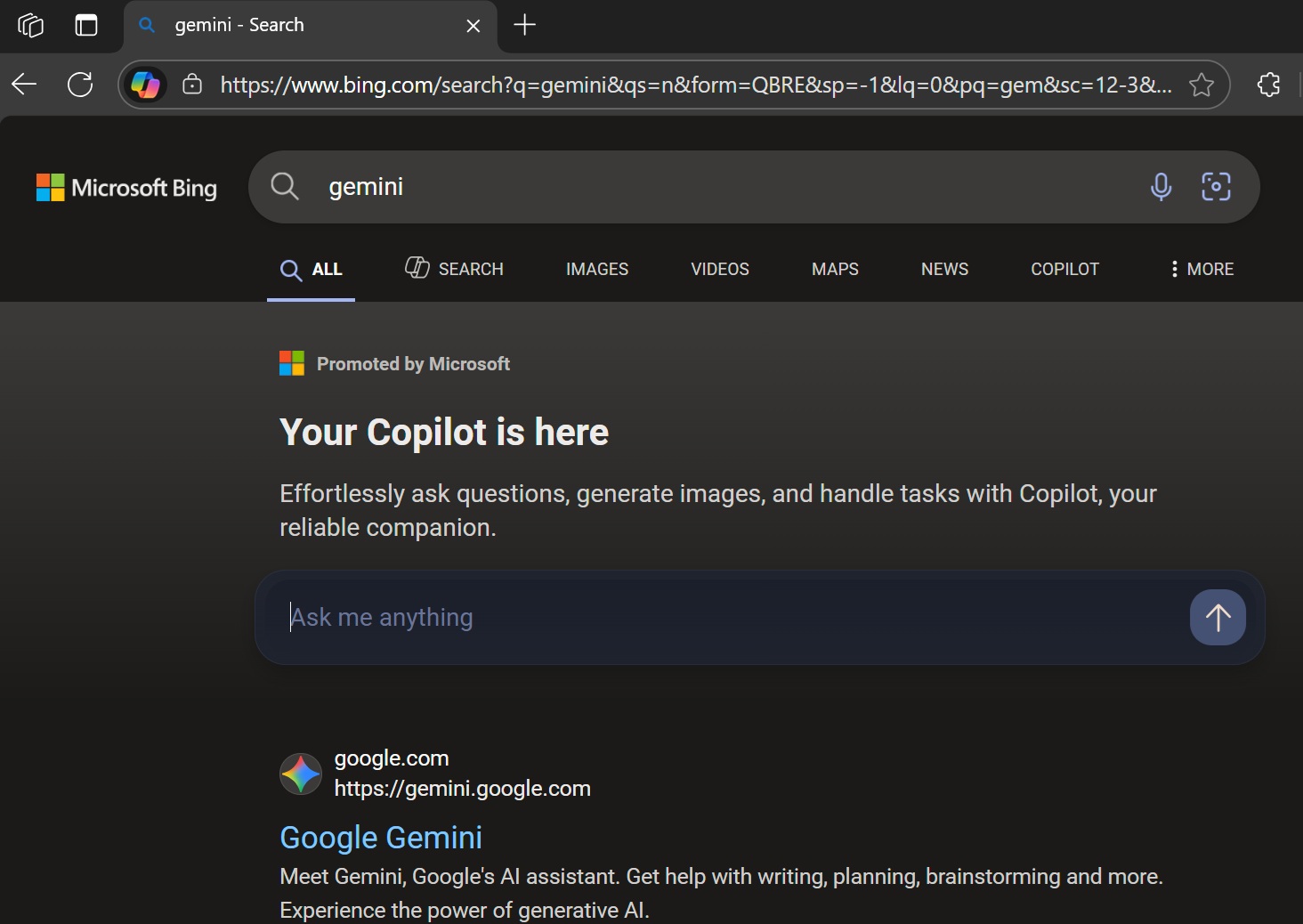
It’s quite obvious that Microsoft wants more people to use Copilot. It has been showing ads for Copilot on Bing when you search for ChatGPT or Gemini. We’ve also seen similar ads on Bing when searching for Google Chrome.
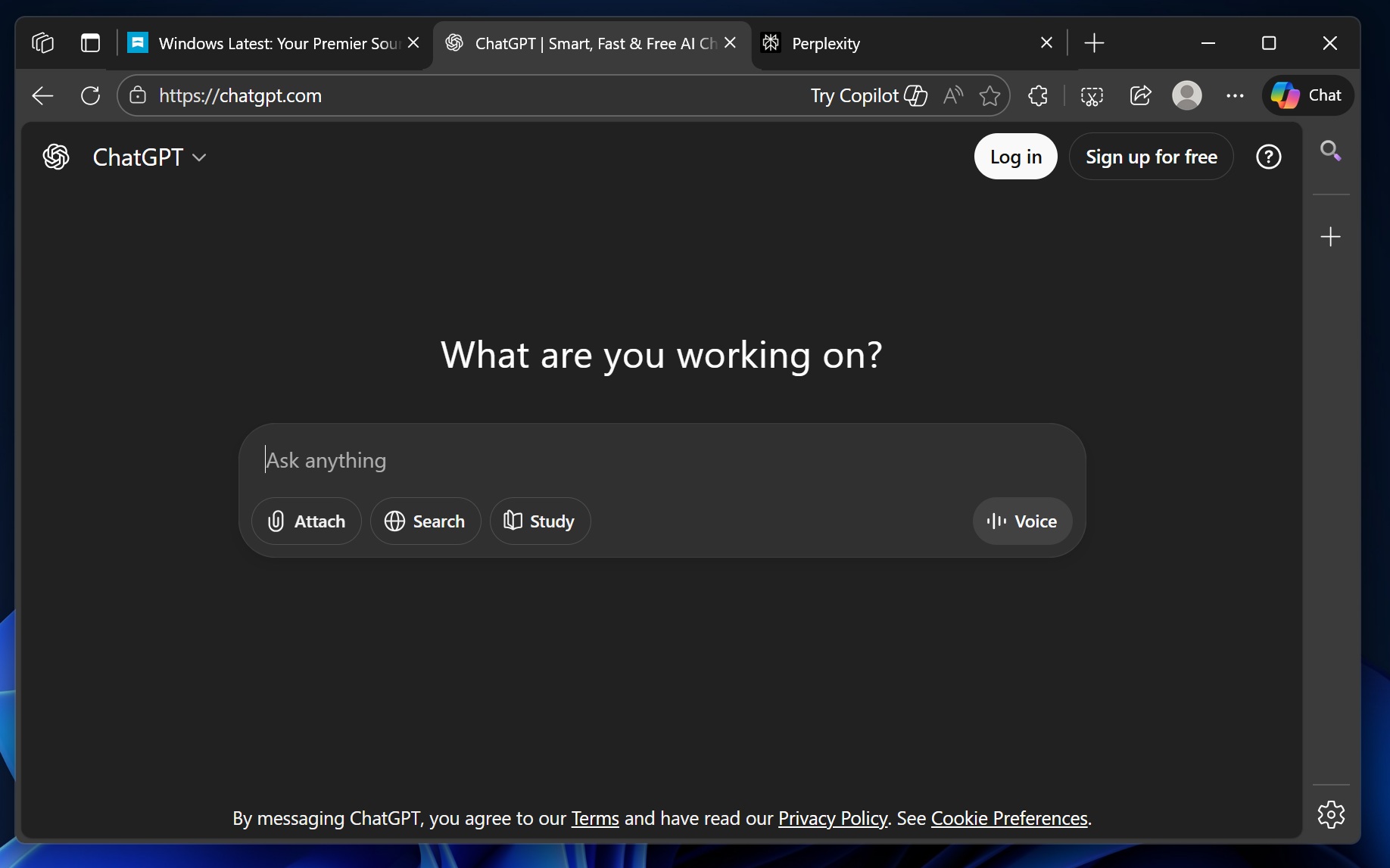
Everything was fine until the ads or nudges were restricted to Bing.com. But now, the Edge browser has a native feature that nudges you to try Copilot. As you can see in the above screenshot, when I opened ChatGPT.com in Microsoft Edge, a nudge to try Copilot appeared in the address bar.
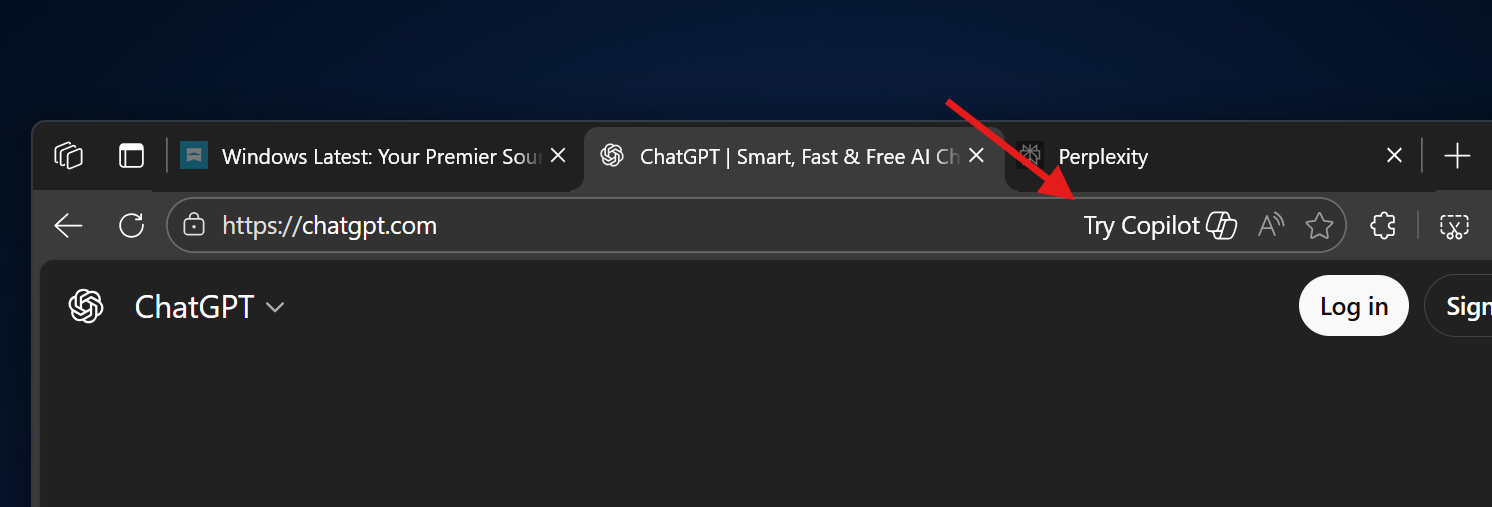
The “Try Copilot” nudge has a brighter font, and it’ll easily catch your attention because of the subtle animation. However, the “Try Copilot” nudge is not exclusive to ChatGPT. I was able to replicate the same behaviour for Perplexity and DeepSeek. It also appeared on the Comet download page and even GPT’s Codex.
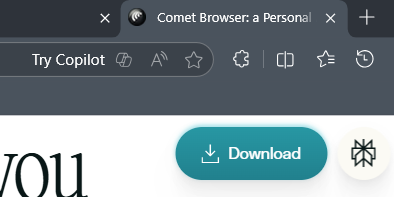
However, for some reason, the nudge to try Copilot doesn’t appear when I open Gemini.
Microsoft appears to be specifically targeting ChatGPT, Perplexity and DeepSeek. When you tap on the Try Copilot nudge, it opens Copilot in the Edge sidebar, where you can ask anything or also upload files.
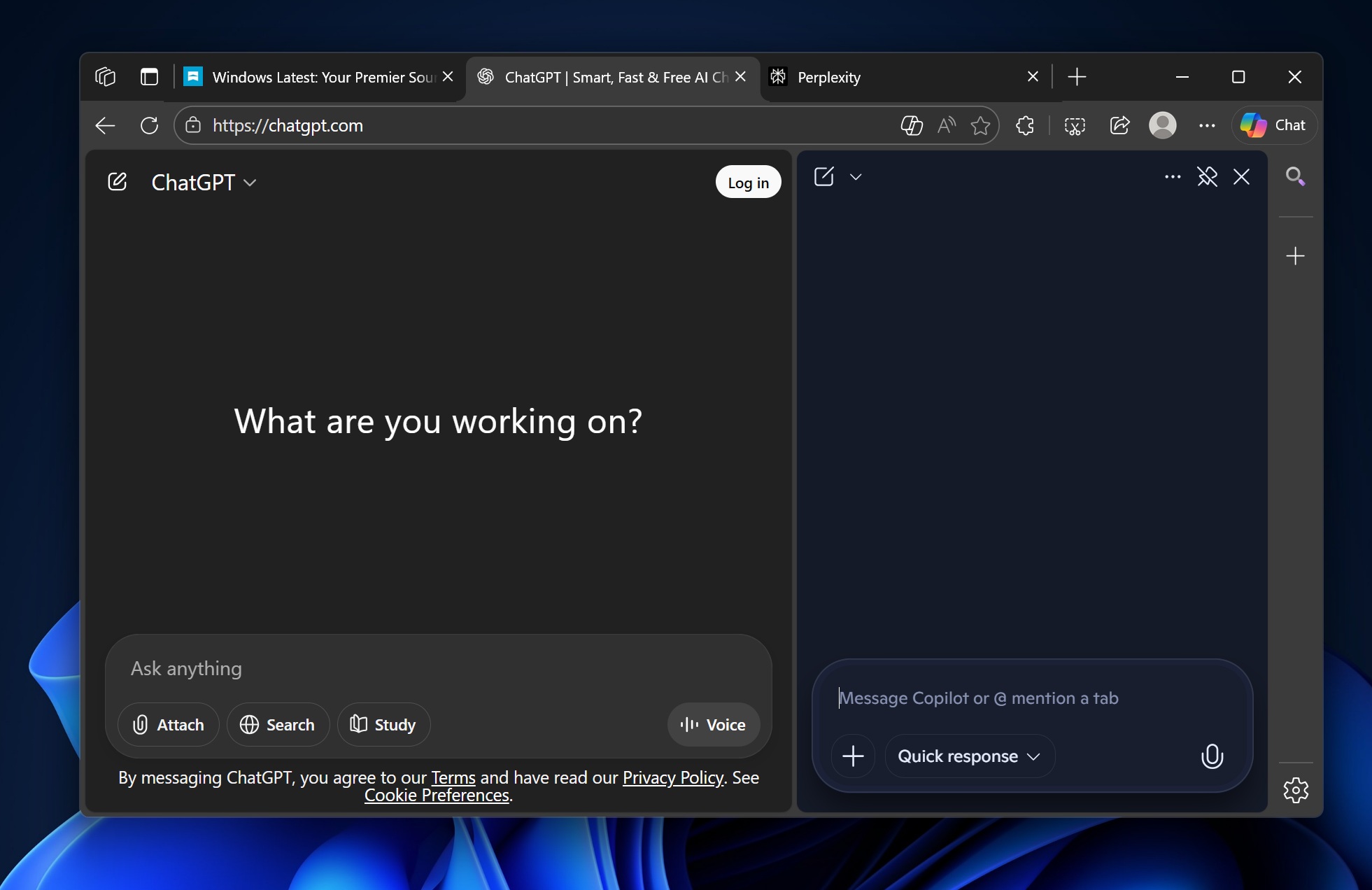
It’s worth noting that Try Copilot nudges are different from Edge’s “summarise this page”, Ask Copilot and Copilot mode features. “Try Copilot” is an upsell in the Edge browser. In other words, it’s an ad for Copilot specifically targeting ChatGPT.
You won’t see these alerts when you visit regular web pages, such as Google.com, Microsoft.com, or WindowsLatest.com. It’s only for Copilot’s competitors.
It’s not the first time Microsoft ads have invaded the Edge browser
Microsoft already has a similar address bar-based nudge when you try to download Chrome using Edge.
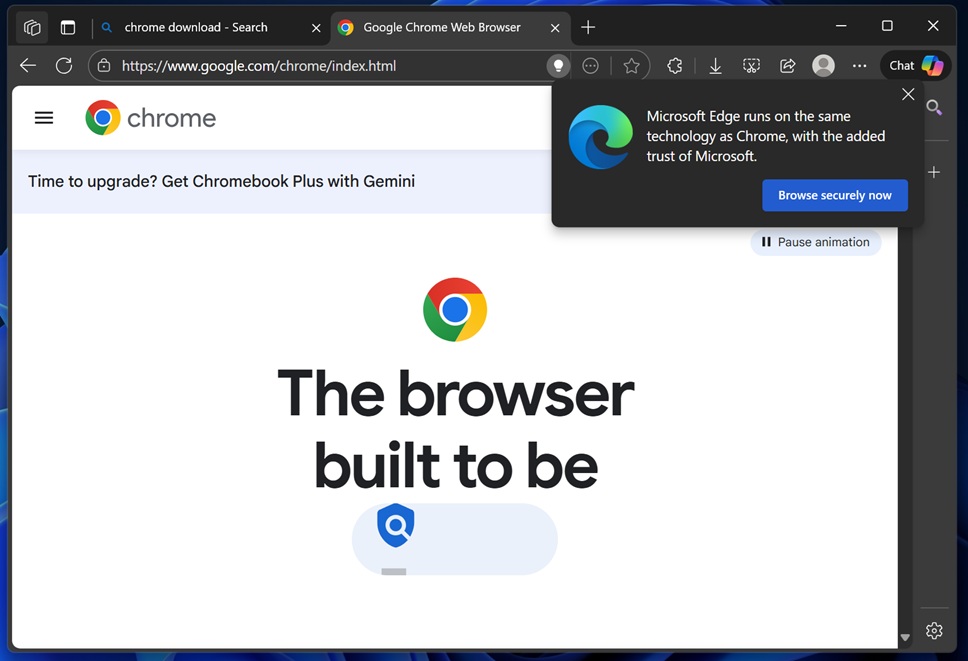
When you visit the Chrome download page, Edge will tell you that it uses the same technology as Google’s, and there’s no need to switch.
It also has “added trust of Microsoft,” and there’s a button “Browse securely now,” which explains how Edge is a better choice.



